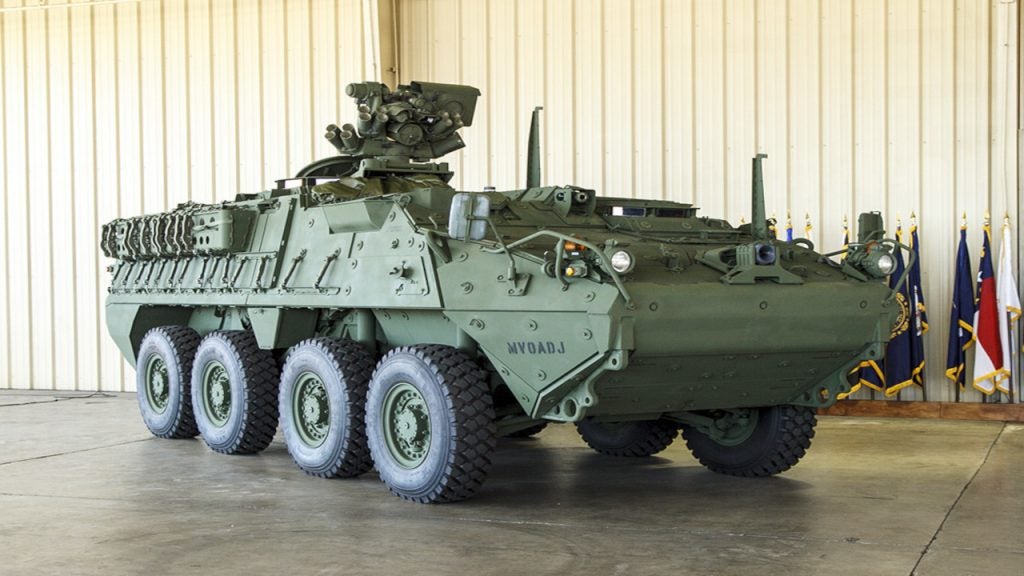Ballistic blankets, panels and armour for vehicles: Introduction
In an era where security concerns are increasingly important around the globe, the demand for advanced protective solutions for vehicles has surged.
Among these solutions, ballistic blankets for vehicles, ballistic panels for vehicles, and ballistic vehicle armour stand out as critical components for safeguarding lives against ballistic threats.
Our expert ballistic vehicle protection buyer’s guide has been created to assist companies in making informed decisions when selecting these vital security enhancements.
Understanding ballistic protection for vehicles
Ballistic blankets for vehicles are specialized protective covers designed to absorb and dissipate the energy of projectiles.
They are typically used to provide temporary protection for individuals and critical components of a vehicle during hostile situations.
When searching for ballistic blankets, companies should prioritize materials that offer NIJ (National Institute of Justice) level III or IV protection, ensuring resistance against high-calibre rounds.
Ballistic panels for vehicles are rigid or semi-rigid components that can be integrated into the vehicle’s structure.
These panels are essential for reinforcing the vehicle’s bodywork, providing a more permanent and discreet layer of protection.
Companies should seek panels that balance weight with protection level, ensuring that the vehicle’s performance is not unduly compromised.
Ballistic vehicle armour involves a comprehensive approach to vehicle protection, often including bullet-resistant glass, reinforced door panels, and other armour-plated components.
When selecting ballistic vehicle armour, it is crucial to consider the vehicle’s operational requirements and the threat level it is likely to encounter.
Industries benefiting from ballistic protection
Many industries can benefit from incorporating ballistic blankets, panels, and armour into their vehicles.
These include, but are not limited to:
- Security and defense contractors requiring fortified transportation for personnel and assets.
- Financial institutions transporting valuable goods or currency.
- Diplomatic services needing secure vehicles for dignitaries and staff.
- Emergency services seeking to protect first responders in high-risk environments.
- Media outlets operating in conflict zones.
Key considerations: Selecting ballistic protection
When evaluating ballistic protection options, buyers should take time to consider a range of issues, including but not limited to:
Certification and Testing
Buyers should ensure that the products meet recognized standards and have undergone rigorous testing.
Material Quality
High-quality materials such as Kevlar, Dyneema, or ceramic composites offer superior protection and should be chosen whenever possible.
Weight and Mobility
Assessing the impact of added weight on vehicle performance and maneuverability is key.
Installation and Integration
Choose solutions that can be seamlessly integrated into existing vehicle designs is something that cannot be overlooked.
Maintenance and Durability
Consider the longevity of the protection and the maintenance required to keep it effective. This will save both time and money.
Industry-leading ballistic protection solutions
With a wide range of solutions populating the defense industry market, selecting the best one for your organisation can be complicated.
There are, however, some industry-leading solutions that buyers should carefully consider, though not be restricted to, when looking to secure solutions related to ballistic blankets, panels, and armour for vehicles:
- NIJ Level IIIA ballistic blankets
- Modular ballistic panel systems
- Custom-fit ballistic door inserts
- Bullet-resistant vehicle glass
- Engine bay armour kits
- Reinforced vehicle flooring panels
- Quick-deploy ballistic shield systems
- Armored vehicle escape hatches
- Ballistic tyre inserts for puncture resistance
- Lightweight composite armour solutions
- Removable ballistic seat covers
- Ballistic cargo area protection
- Reinforced suspension systems for armoured vehicles
- Advanced locking mechanisms for armored doors
Latest technological advancements in ballistic protection
The field of ballistic protection is continually evolving.
With new materials and technologies enhancing the safety of vehicles, the impact of these advancements becomes ever more important.
Some of the more recent and relevant advancements include, but are not limited to:
- Smart fabrics that harden upon impact
- Nanomaterials offering improved strength-to-weight ratios
- 3D-printed armour components for custom protection
- Multi-threat armour systems capable of resisting ballistic and explosive threats
- Energy-absorbing materials that reduce blunt force trauma
Ballistic blankets, panels and armour for vehicles: Our conclusion
In conclusion, selecting the right ballistic blankets, panels, and armour for vehicles is a critical decision that requires careful consideration of protection levels, material quality, and industry-specific needs.
By staying informed about the latest advancements and adhering to recognized standards, companies can ensure the safety of their personnel and assets in high-risk situations.






